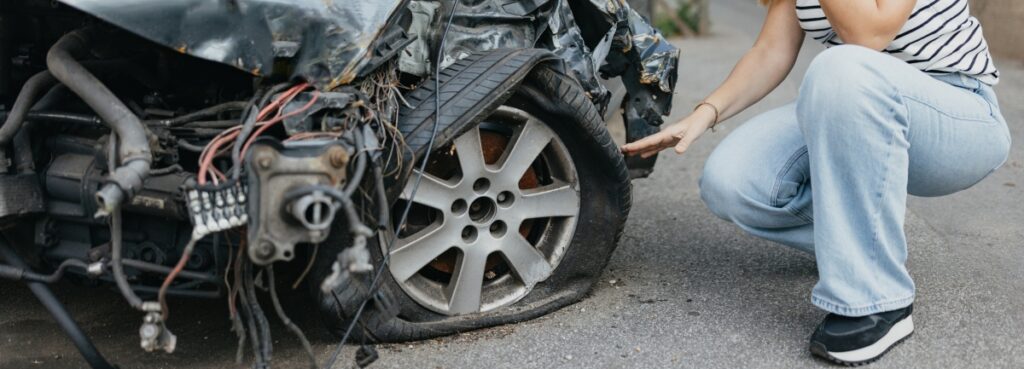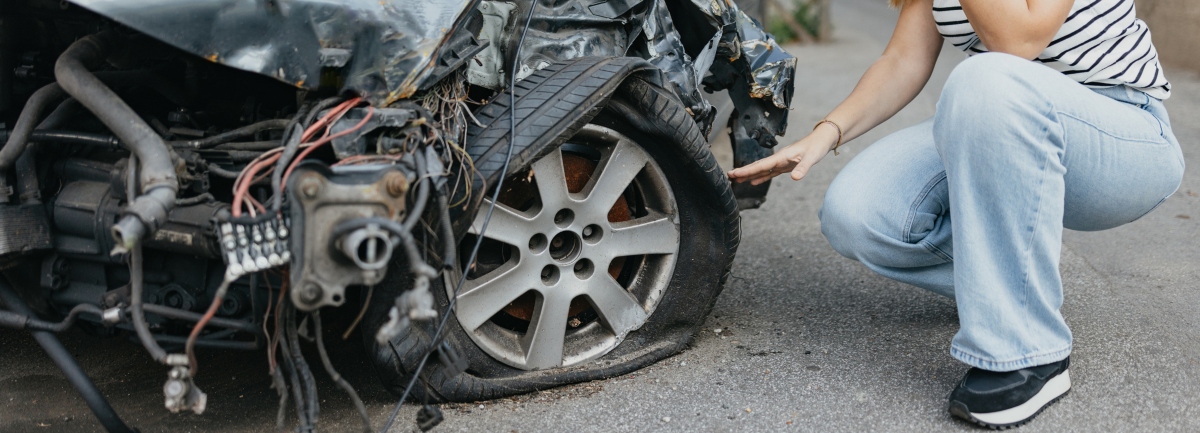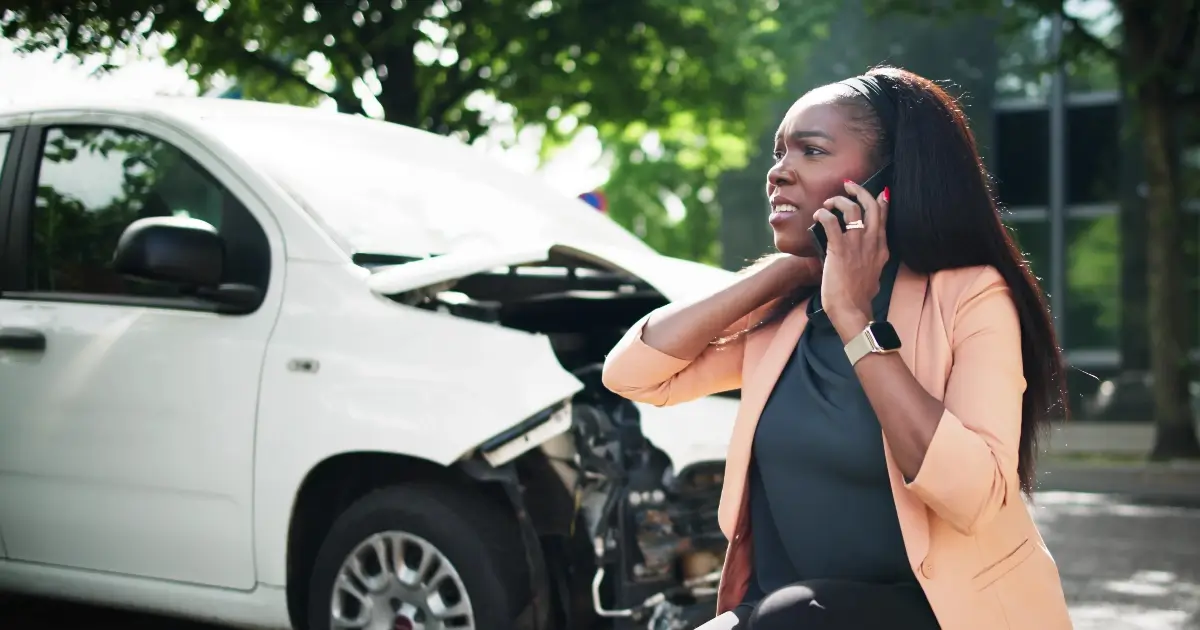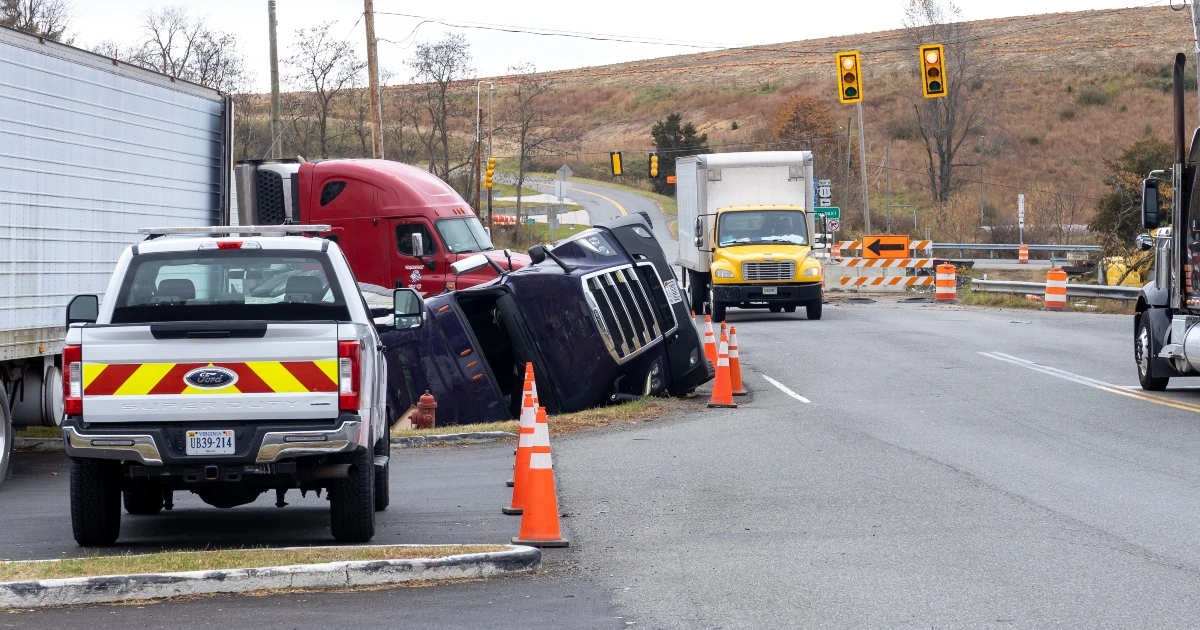What if I Was Injured in a Cleveland, Ohio Car Accident Without Insurance, But I Am Not at Fault?

Crash victims are often concerned that the at-fault driver might not have insurance, but what if you, as the victim, are uninsured? Can you still file a claim against the other driver’s insurance?
Table of Contents
Below, the Cleveland car accident lawyers at Friedman, Domiano and Smith explain what to do if you are in a crash without insurance, but you are not at fault.
If you are in this kind of situation, we may be able to help you seek the compensation you need. We provide a free consultation with no upfront fees to explore your potential legal options.
Call us today to set up your free consultation: 216-621-0070.
Can I Still File a Claim Against the Other Driver’s Insurance?
Yes, if the other driver is at fault, you have the right to seek compensation from his or her insurance policy. Ohio is an at-fault state, which means the driver who causes a crash can be held financially liable for damages from the crash.
Some states have so-called “No Pay, No Play” laws that limit uninsured drivers’ ability to seek compensation from at-fault drivers. However, Ohio is not one of those states.
The other driver’s insurance policy may provide compensation for:
- All related medical expenses, including ongoing costs
- Lost wages
- Loss of earning capacity
- Pain and suffering
- Damage to your vehicle
- And more
What Are the Consequences for Driving Without Valid Insurance and Being Involved in an Accident?
Even though you can file a claim for compensation, there are consequences for driving without valid insurance:
Legal Penalties
If you get into a car crash without any insurance, your driver’s license, registration and license plate could get suspended. Also, you may have to pay a reinstatement fee and could be faced with other costly penalties.
The law specifically states your license will be suspended until you meet a series of requirements. Courts also have the authority to impose other penalties.
Fewer Options for Seeking Compensation
The at-fault driver may not have any insurance, or may not have enough insurance to cover your damages. If the at-fault driver is uninsured or underinsured, you may be left paying for some of your damages out of your own pocket, unless you carry enough uninsured/underinsured motorist coverage for yourself.
What Is the Process for Filing a Claim Without Insurance?
If you are involved in a car crash without insurance, there are several steps you should take to protect yourself and your potential legal case:
Report the Accident
Immediately report the accident to the police and obtain a copy of the police report. The police report contains important information that could help validate your case, such as:
- Date, time and location of the accident
- Names and phone numbers of those involved in a car crash
- Vehicle details (make, model and year)
- Description of the accident
Gather Evidence
This is not always possible. In fact, you should only do this if you can avoid putting yourself in harm’s way.
If you are able, collect evidence from the accident scene, such as photos, witness statements and any other relevant information. If you are not able to collect evidence, contact a lawyer as soon as possible. Your attorney will investigate the scene as soon as possible to prevent evidence from getting lost.
Seek Medical Attention
Even if you do not feel injured, it is important to get a medical evaluation right away. Some injuries may not be instantly apparent. If you delay treatment, you are opening the door to attacks on your credibility by the insurance company. They can also question the connection between your injury and the accident.
Filing a Claim with the At-Fault Driver’s Insurance
If the other driver was at fault and has insurance, a claim will be filed with their insurance company. Supporting documentation is required, such as a police report, medical records and evidence from the accident to prove the at-fault driver is liable.
The at-fault driver or owner’s insurance policy should cover your damages. However, without your own uninsured/underinsured insurance coverage, you will need to rely solely on the other party’s coverage during the claims process. If the at-fault driver’s insurance is inadequate or exhausted, you may be stuck paying for some things with your own money.
Purchase Insurance
It is imperative that you have the appropriate insurance coverage to protect you and your loved ones. Ohio requires motorists to carry minimal insurance coverage.
The minimum insurance requirement in Ohio is:
- $25,000 for bodily injury or death per person
- $50,000 for bodily injury or death per accident
- $25,000 for property damage
Ohio does not require you to buy uninsured motorist coverage, but insurers are required to offer it. The premium for uninsured/underinsured coverage is minimal compared to the amount of protection it affords you.
Regularly check that your insurance policy is active and meets Ohio’s minimum requirements. Failure to keep up with payments or policy renewal can lead to lapses in coverage.
Are You Ready to Take Legal Action? Call Friedman, Domiano & Smith
If you are uninsured and not at fault in an Ohio car crash, you face unique challenges but still have rights. It is important to act quickly, seek medical attention, and call Friedman, Domiano & Smith for the legal advice necessary to navigate the legal complexities.
Friedman, Domiano, and Smith has secured millions for clients involved in car accidents. We know how to handle complex cases like this and negotiate with insurance companies. Our licensed attorneys are here 24/7 to help you with your case.
Reach out to us for a free consultation at 216-621-0070
Comments are now closed




Comments